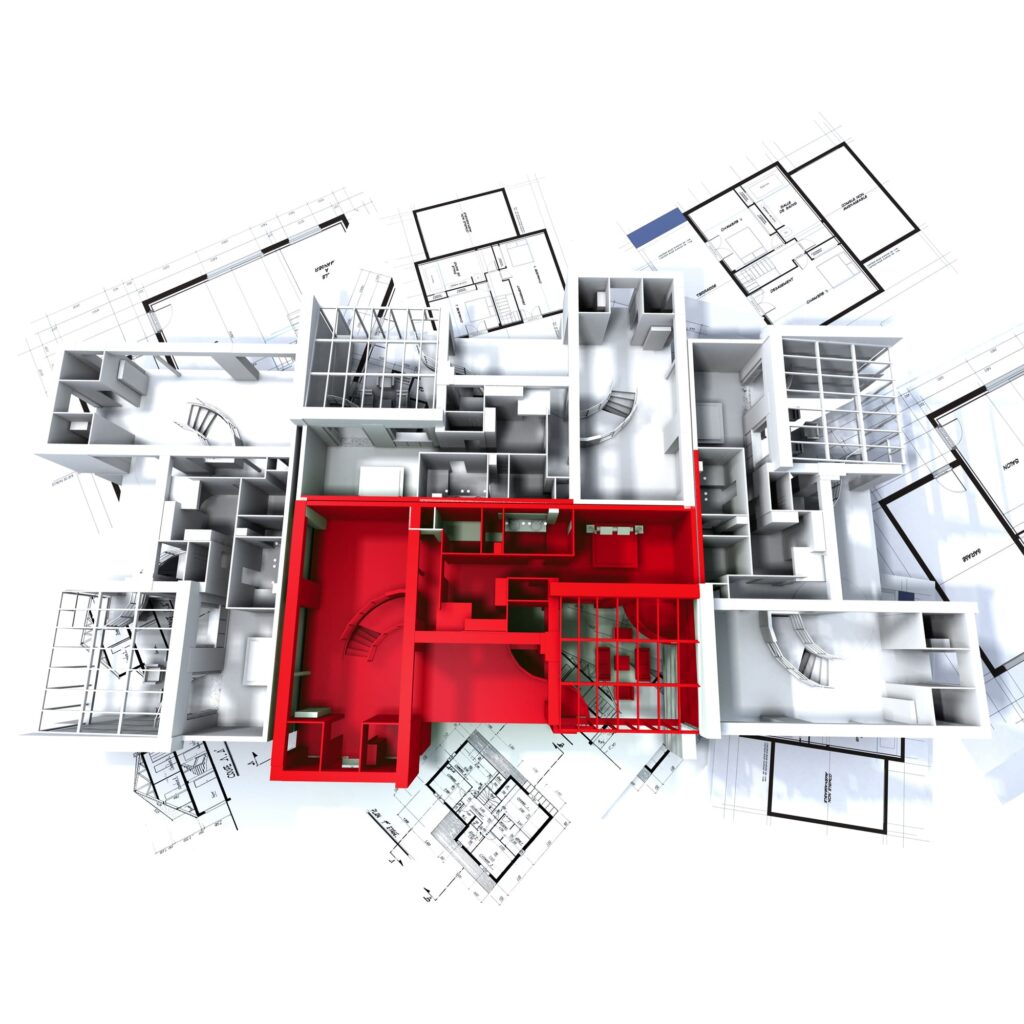As anyone working in construction management will know, clash detection is not a new thing. Before BIM came along, clash detection usually took place on site, much to everyone’s frustration.
It was a manual process that would involve overlapping drawings on a light table to spot any visual mismatches. Perhaps something the architect had designed didn’t fit with an element dreamt up by the structural engineer. But this was far from a failsafe process. And as a result, this could often lead to massive expenses and lengthy delays to fix the problem.
Since BIM has been around though, in theory, clash detection happens much earlier – during the design phase – and saves everyone a lot of time and money, and hopefully produces a better end product.
Even early 3D graphics did not completely solve the problem of clash detection. It meant it was still frequently done by an engineer on a visual basis. Even if it was automated, it could often return clashes that were essentially meaningless. In the early days of 3D, this meant planning for clashes was still hugely time-consuming.
BIM has changed all that. The process of clash detection has become far easier, making it much quicker to identify issues at an early stage. Interestingly, the ideas have been borrowed from computer games. It stands to reason really. Detecting collisions – especially in adventure games where you are on a mission – it’s vital to avoid characters walking into things they are not meant to. Or stumbling over a troublesome monster.
Of course in the world of virtual reality, this does not normally lead to serious consequences.
But in the world of construction, where buildings are being designed for actual human use, there can be no room for error. In this respect, accuracy is far more important than speed with it comes to clash detection in BIM.
Different types of clashes
So what are the different types of clash detection? The main three are hard clashes, soft clashes and workflow cashes.
What is a hard clash?
Let’s take hard clashes first. Essentially, hard clashes are the result of two objects intersecting each other or taking up the same space. For example, this could be a steel bar in a wall out of concrete or a column that is not properly embedded in the wall.
What is a soft clash?
A soft clash, on the other hand, emerges when an element isn’t provided with the required geometric or spatial tolerance, or a buffer zone is contravened. One example is where a boiler for a central heating system may require a certain amount of space for safety or even maintenance reasons. Assuming the BIM programme is set-up in the right way this kind of clashes can be picked up.
What is a workflow clash?
And finally a workflow clash, that is also known as a 4D clash. These types of clashes generally involved clashes over contractor scheduling, or problems over the delivery of materials or equipment, something a lot of construction managers surely know plenty about.
However, through sequencing, these kinds of clashes can be avoided to keep a project running smoothly and on time.
Why do clashes happen?
So why do these clashes happen? Clashes appear to crop up as an issue when there are multiple disciplines working on different aspects of the same project, which is obviously the case on the vast majority of big schemes.
In practice, BIM should help eradicate the chances of having elements clashing by bringing together teams to work in a wholly collaborative way. Nevertheless, problems can occur when the BIM model is broken down into volumes in order to let more than a single individual work on the project model simultaneously.
In this respect, it is absolutely key that clash avoidance and clash detection are completely interwoven into the whole design and construction process – covering how the standard methods and procedures are designed to the setting up of a virtual construction model. In ensuring this process runs smoothly, it is vital that BIM models are kept on top of and updated very regularly so any changes that impact future work can be checked.
Read also: How to flag interruptions quickly avoiding delays and cost overruns
BIM software will instantly inform you of a clash as you build the models in the software. But again, you need to be aware that if the architects, for example, are using a different type of software to the engineers then clashes will not be flagged automatically.
Luckily, there are BIM integration tools that are able to detect clashes on a variety of software. This is a powerful option due to the fact that many different types of software can be analysed simultaneously. Changes are then able to be made in the first phase of the software then dropped back into the clash detection software.
It is worth noting though that faulty clashes can happen in BIM software if two separate elements of the design and construction team are trying to be in the same space within the software. In this instance, it falls on an actual person to use their initiative to establish if the clash is real or false. But if an actual conflict is found, whoever is involved in the project – designers and engineers – must fix the clash in the BIM software before they go any further.
All in all, it is clear why clash detection is so important in construction. It is a huge step away from the old ways and proves how technology can hugely benefit schemes and make them more efficient and less prone to error. It can hugely reduce risk and ultimately bring down costs on a project which will be music to the ears of any client.
Ultimately, it should be a no-brainer for anyone working on a big project as the benefits are clear. As with all integrated technology, it is only as strong as the human cooperation involved. So the key is just making sure everybody is on board with the technology. Get that right and you are well set.
Connecting your BIM model to the site
In an open data ecosystem, everything starts with the information collected on site. In that sense, linking your BIM model to the construction site should be seen as a priority.
It goes without saying that adoption on the field is the cornerstone of success in this process. Making it simple for your field teams to submit their latest updates can lead to a BIM model that is always up to date, while people in the office are kept informed about the latest changes and issues that need to be addressed.
With LetsBuild, you can effortlessly tie the design model to on-site activities in a secured and unified data environment. Furthermore, you can connect the forms and checklists you want to specific BIM object classes and execute on-site checks for the same class of objects in a standardised manner.
This two-way connection is key for your effort to bridge the gap between the site and the office and have a BIM model that reflects with precision everything that has taken place on the field.
Such an approach will gradually lead to standardised site processes and will help you reduce rework as a result of improving your clash prevention and detection procedures.
If you want to learn how you can create and organise your processes in a digital environment, grab your free copy on Starting your journey with BIM today!




